The past several weeks there’s been an internet meme going around about how often a woman’s boyfriend, or men in general, thinks about the Roman Empire. This segues well into a topic I was planning to blog about, which was a case of a gladiator committing suicide via an unsavory tool. The meme has peaked and is probably fizzled out by this point, but as usual it takes me a bit to get blogging these days. Here are my thoughts on the Roman Empire, in particular in relation to a peculiar and perhaps darkly humorous incident.
Continue readingCategory: History Weekend
The Mongols are a people originating from what is now Mongolia, northern China, and parts of Russia. They are most famous for their namesake Empire founded in 1206 CE by Chinggis Khan (often called Genghis Khan), and the destruction and murder wrought by that Empire.
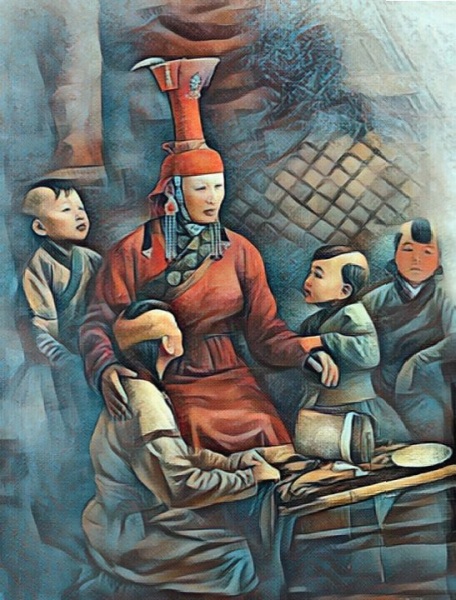
Hoelun, the mother of Chinggis Khan and wife of Yesügei.
Here are some historical facts about the Mongols that I find interesting and that I hope you will find interesting as well:
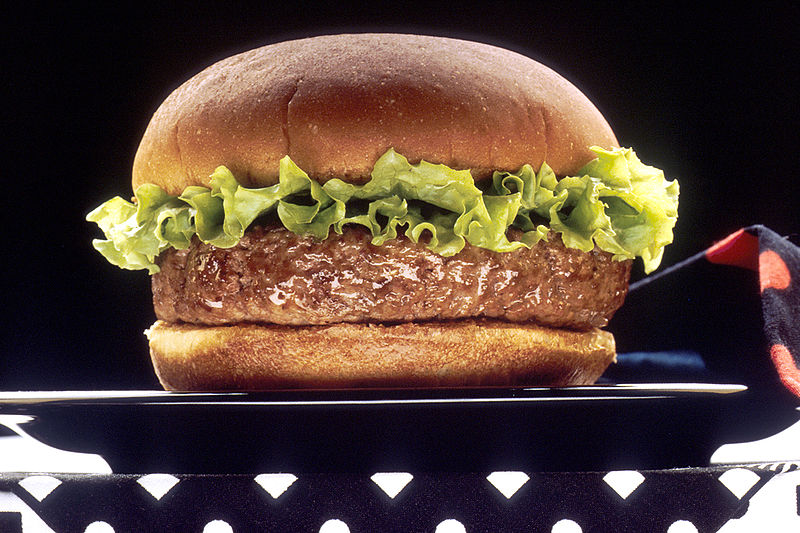
A hamburger sandwich. Photo by Len Rizzi, public domain in the US. Uploaded to Wikimedia Commons by User:VulcanOfWalden.
It is now a truly international phenomenon: Millions of people throw down patties of ground beef on a grill, cook to order, and slide the meat onto buns to make a sandwich. And the popularity of the hamburger shows no sign of dying out any time soon. But what is the history of this favorite sandwich? Where did it come from?
You see it every day at home, every day at work. It is a commonplace tool, so commonplace that I usually do not give it much thought, yet it is nearly indispensable. It is the broom. A great deal of ingenuity and effort went into the creation of this important tool. Today, we will learn a brief history of its development.
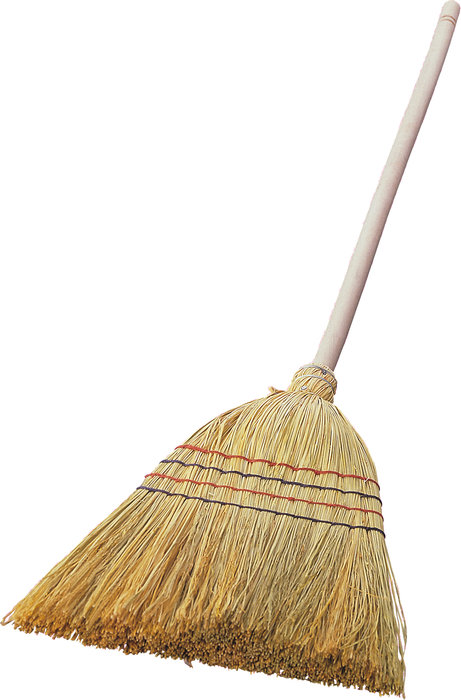
The standard flat broom. Sleek and efficient when compared to its predecessors. Source: Wikimedia Commons. Uploaded by User:Mauzile. CC BY-SA 4.0.
In the final part to my series on Russian colonialism, I looked at the the Russian efforts to colonize the Caucasus. In that discussion, I mentioned the country of Georgia. That mention led me to write about today’s topic: The medieval-era Kingdom of Georgia.

Tamar of Georgia. 12th/13th century mural by an unknown artist. Public domain, uploaded to Wikimedia Commons by User:Kober.
In August 2008, I remember watching on the news the story of how the Russian Federation launched a massive invasion of the bordering nation of Georgia, in order to aid separatists in the then-Georgian regions of South Ossetia and Abkhazia.The war was short, only five days, but ended decisively in Russia’s favor. This war was part of a larger, ongoing conflict in the Caucasus, one that has been going on for over 200 years. Today is the final article in my series on Russian colonialism. It will examine Russian colonization of the Caucasus, the underlying cause of the centuries-old conflict.
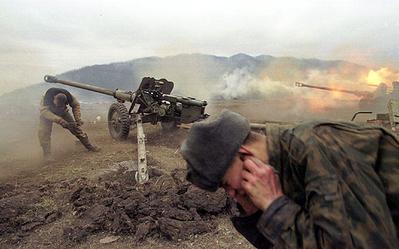
Russian artillery shelling Chechen positions near the village of Duba-Yurt during the Second Chechen War, January 2000. Source: Photographer.ru, uploaded to the English Wikipedia by User:PeterPredator. This is a copyrighted image used under US fair usage guidelines.
In working on the final history weekend article for my series on Russian colonialism, I realized that I will not be able to complete it in time. I need a break, but will be back next week.
This is the penultimate post in my mini-series on Russian colonialism. Last week, we examined the colonization of Alaska. Next week we’ll learn about Russia’s expansion into the Caucasus, a conflict that is still ongoing today. For this week, we’ll revisit the Crimea and Siberia – we’ve discussed both of these regions previously, but week’s post will see the later periods of expansion into those areas.
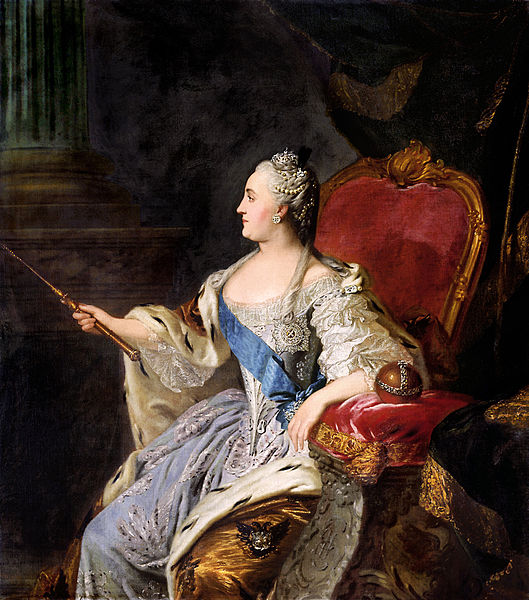
Catherine the Great. By Fyodor Rokotov. Public Domain. Uploaded to Wikimedia Commons by User:Concerto
No, this is not a post about the recent and now former U.S. National Security Officer Michael Flynn. It is the latest installment of my series on Russian colonialism. Last week, we saw the consolidation of Russia under Peter the Great. So far, the imperial and colonial spread of Russia we’ve looked at took place on land. For this week’s installment, we will learn about Russia’s maritime colonial efforts, specifically those in North America. While the three previous posts have been relatively in chronological order, this post will break away somewhat from that format, and look at the entire history of Russian America from 1732 to 1867.
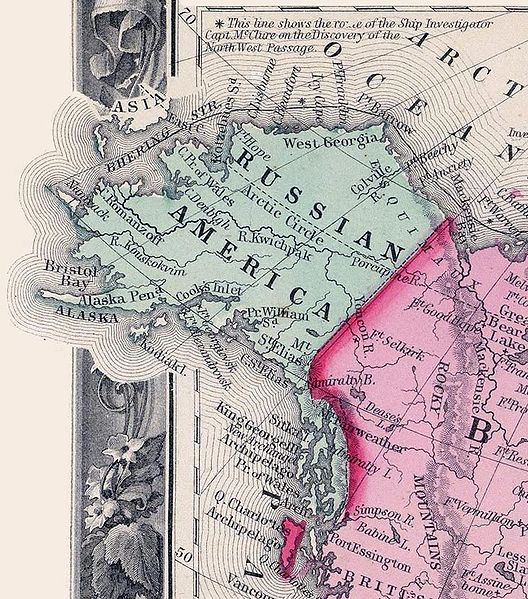
Map of Russian America (present-day Alaska, United States). Public Domain. Uploaded to Wikimedia Commons by User:Angusmclellan
The past two weeks have looked at the rise of Russia and its colonial expansion across the Urals. As explained last week, though its drive eastwards was immensely successful, Russia’s efforts to combat other European rivals proved less fruitful, apart from its conquest of much of what is today the Ukraine. But, even as it continued to expand its territory, Russia stagnated politically. That is, until the rise of the Romanovs, and, especially, the rise of Peter the Great.
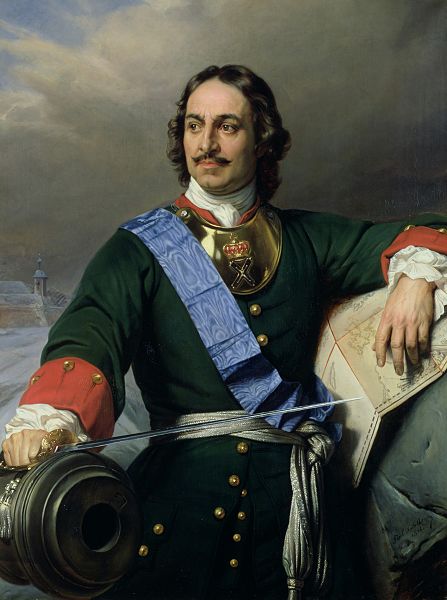
Peter the Great, as depicted posthumously by Paul Delaroche in 1838. Public domain. Current version uploaded to Wikimedia Commons by User:Trzęsacz.
